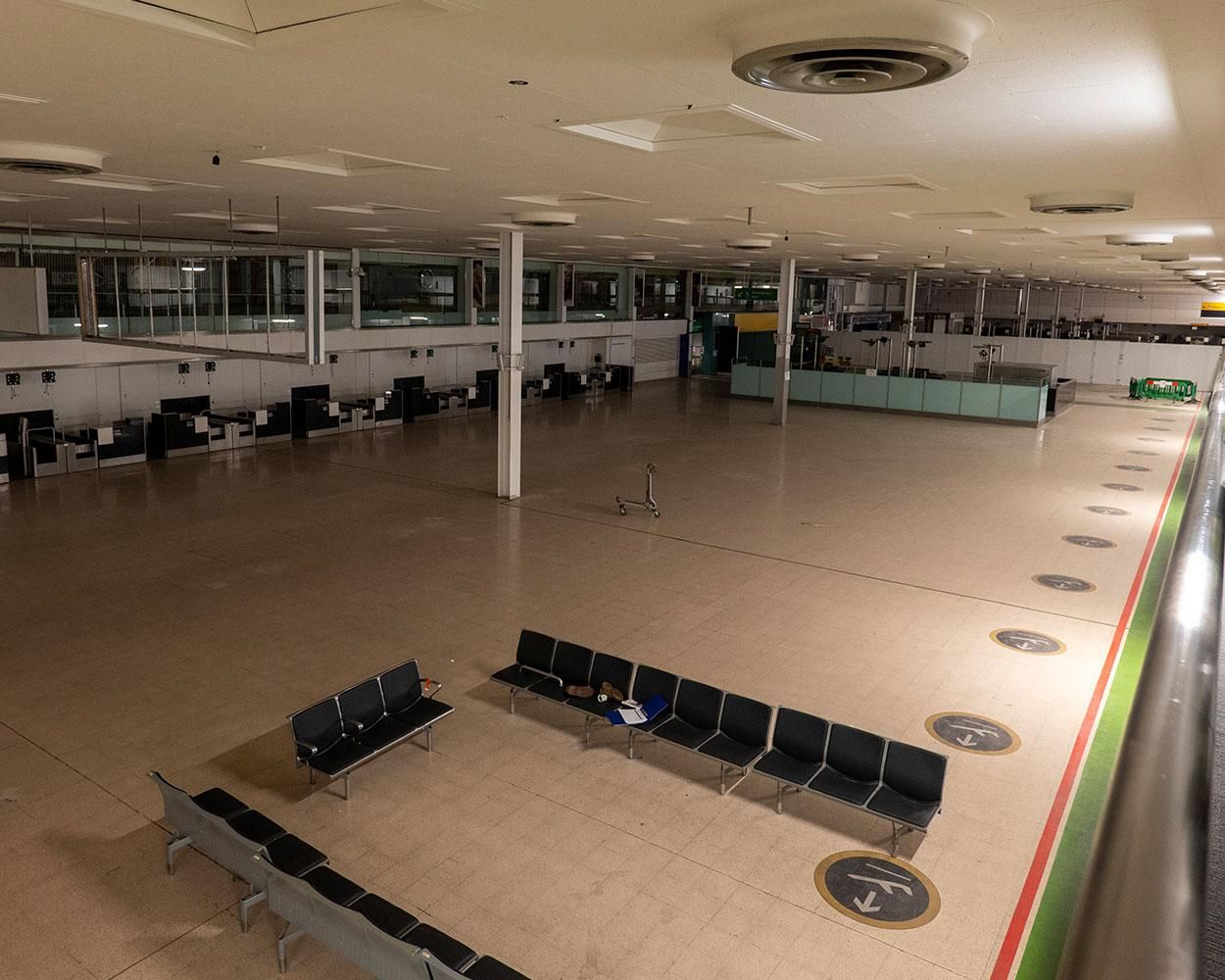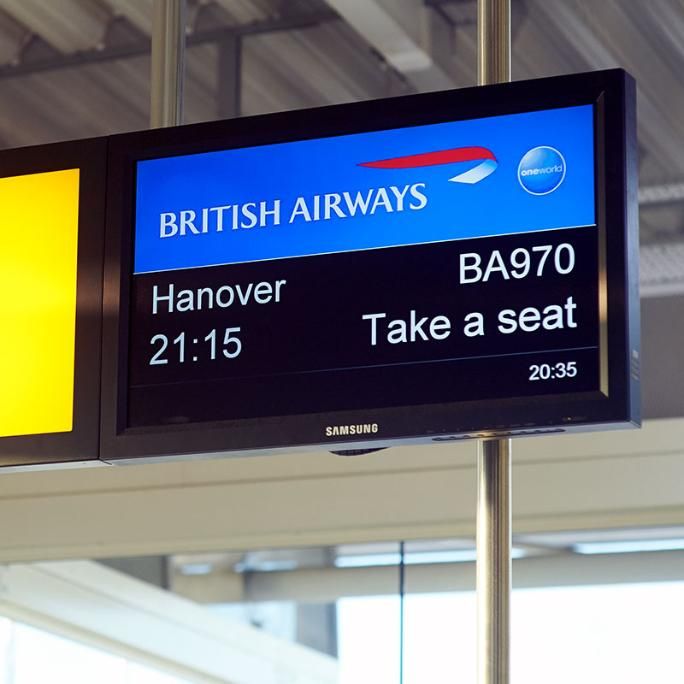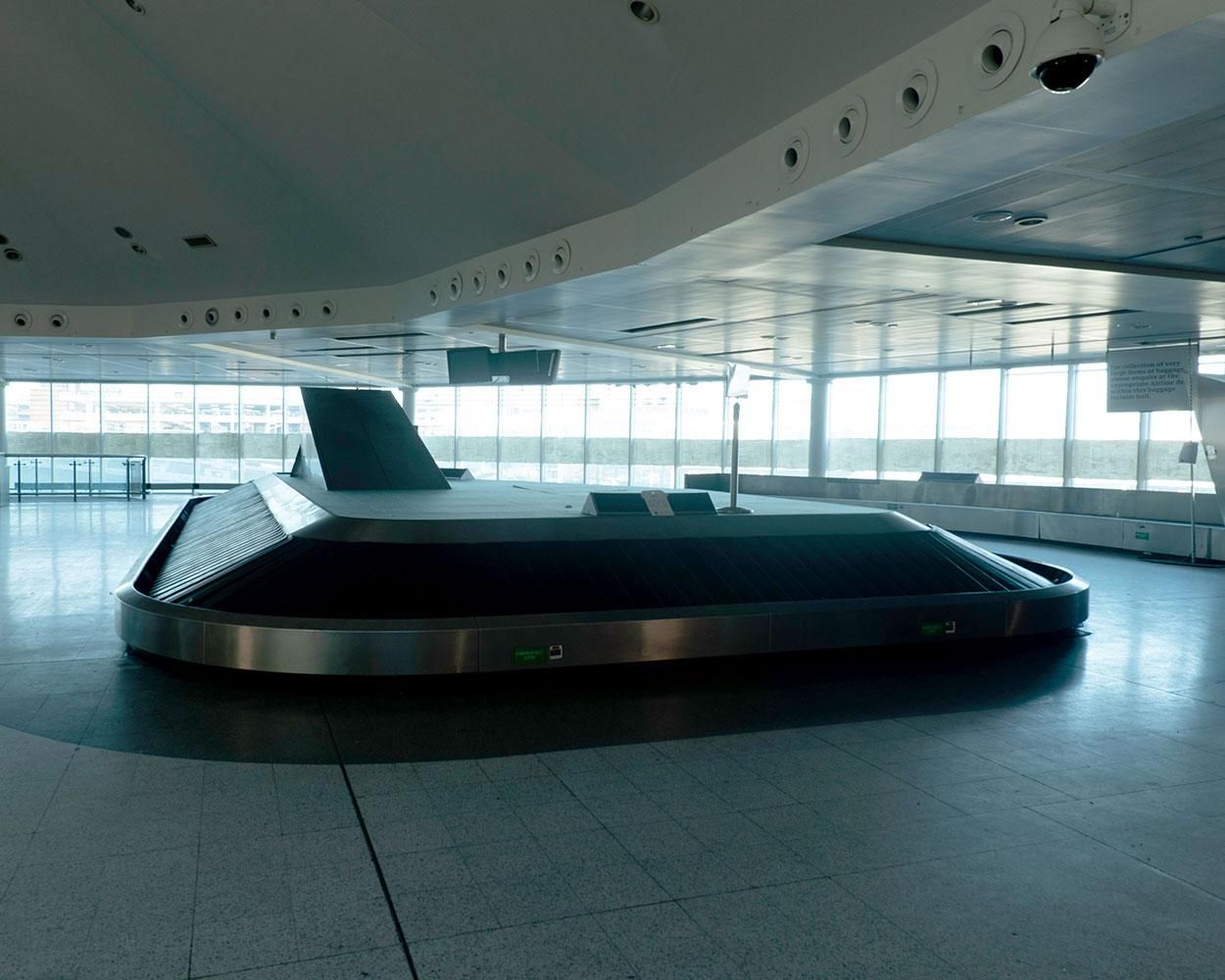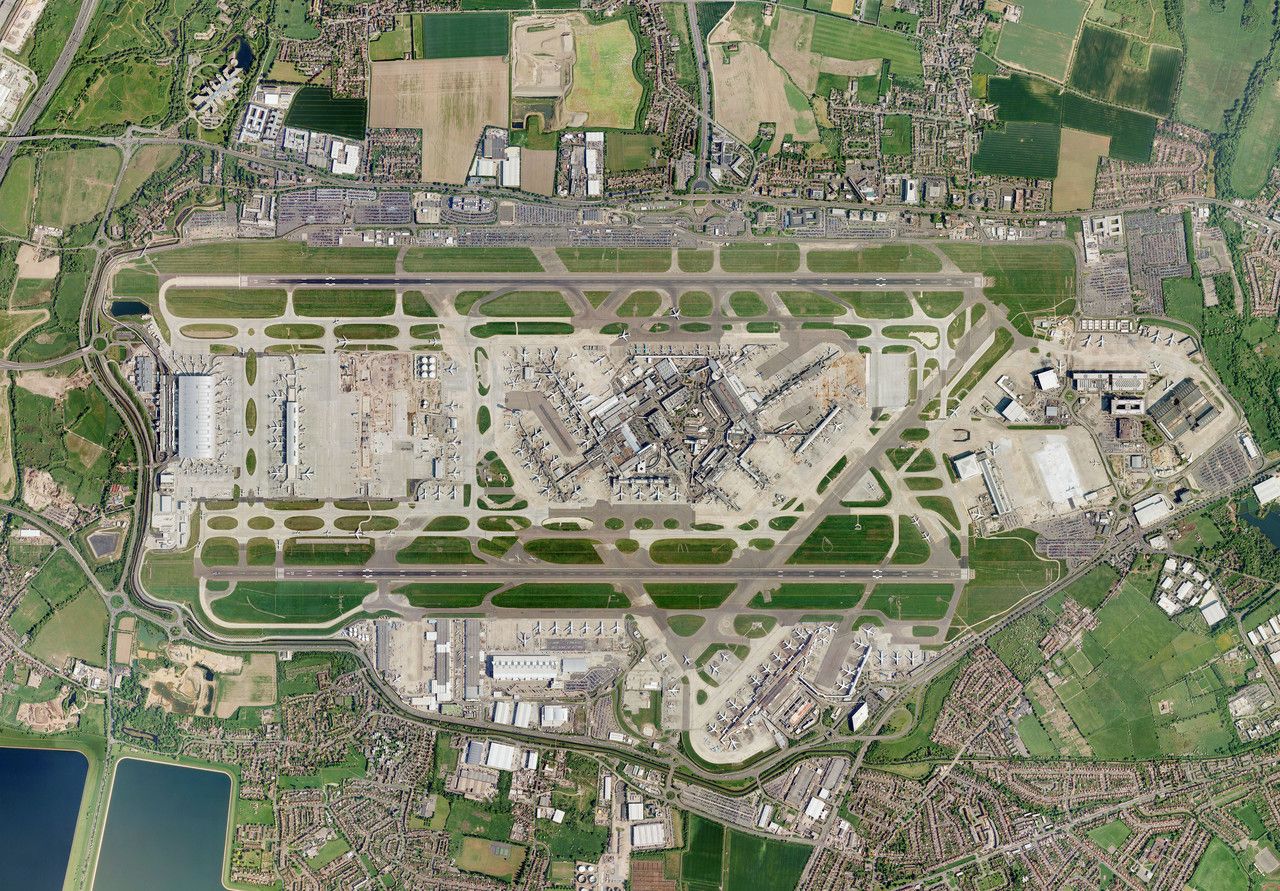Summary
- Terminal 1 at London Heathrow Airport is no longer used for passenger flights but serves as a baggage processing center for Terminal 2.
- The building is still maintained and used for training events for emergency services personnel.
- There have been discussions about demolishing Terminal 1 to expand Terminal 2.
If you are familiar with the various terminals at London Heathrow Airport (LHR), you may have noticed that while it may still be there, Heathrow Terminal 1 has not been used for several years. In this article, we will look behind the scenes and tell you how a former passenger terminal is used today at the United Kingdom’s busiest airport.
Photo: London Heathrow Airport
However, before we do that, we should look at the history of Heathrow Airport and see how Terminal 1 was used when it was first opened in 1968. Located 14 miles west of central London in the hamlet of Heathrow, the airport began life as a small airfield in 1929. During the Second World War, the British government expanded airports to handle large military aircraft. Following the war’s end, it was decided to build on the improvements and open the airport to civilian traffic.
London Heathrow Airport (LHR)
Today, London Heathrow Airport (LHR) is the primary hub for national flag carrier British Airways and is one of six airports serving the nation’s capital along with:
- London Gatwick Airport (LGW)
- London Luton Airport (LTN)
- London Stansted Airport (STN)
- London City Airport (LCY)
- Southend Airport (SEN)
In 2022, London Heathrow was the second-busiest airport in the world by international passenger numbers, behind Dubai International Airport (DXB), despite having the most international connections.
Terminal 1 history
When Terminal 1 first opened in 1968, it was designed to be the main terminal for British Airways European and domestic flights while also being able to handle some long-haul BA traffic. In 2012, British Airways’ owners, the International Airlines Group (IAG), bought British Midland Airways (BMI) from Lufthansa and began using Terminal 1 for the newly integrated British Airways short- and medium-haul European routes.
Photo: London Heathrow Airport
As British Airways moved its long-haul operations to the new Terminal 5 and some European routes to Terminal 2, the need to keep Terminal 1 open diminished, with its last passenger flight departing Terminal 1 for Hanover on June 29th, 2015.
Terminal 1 is used as a baggage processing center
While Terminal 1 may have closed to passenger flights, it is now used as a baggage processing facility for Terminal 2, according to the London Heathrow Airport (LHR) website. Today, all luggage checked onto flights in Terminal 2 is delivered to the baggage processing facility at Terminal 1 before being loaded aboard the aircraft. The same goes for flights arriving at Terminal 2, with bags first delivered from arriving flights going to Terminal 1 for processing, where they are put on belts that transfer them to the baggage collection area in Terminal 2.
Photo: London Heathrow Airport
Terminal 1 is still maintained to the high standard it was when it was used for passenger traffic, and while vast areas of the building may be mothballed, it has to be kept functional for safety reasons. Because the facility is quite large, it is an ideal place to hold training events for groups of up to 200 people. It is beneficial as a place of training for emergency services personnel and is frequently used by the following first responders:
- The London Metropolitan Police Service
- The London Fire Brigade
- The London Ambulance Service
While Terminal 1 remains an active part of London Heathrow Airport (LHR), there has been talk of demolishing the building to expand Terminal 2.





